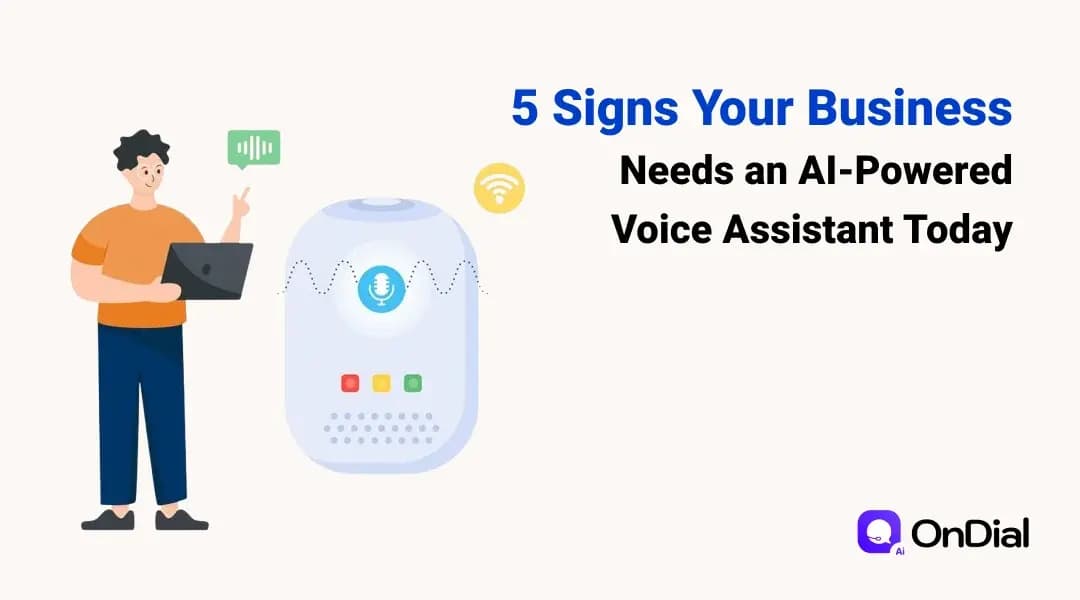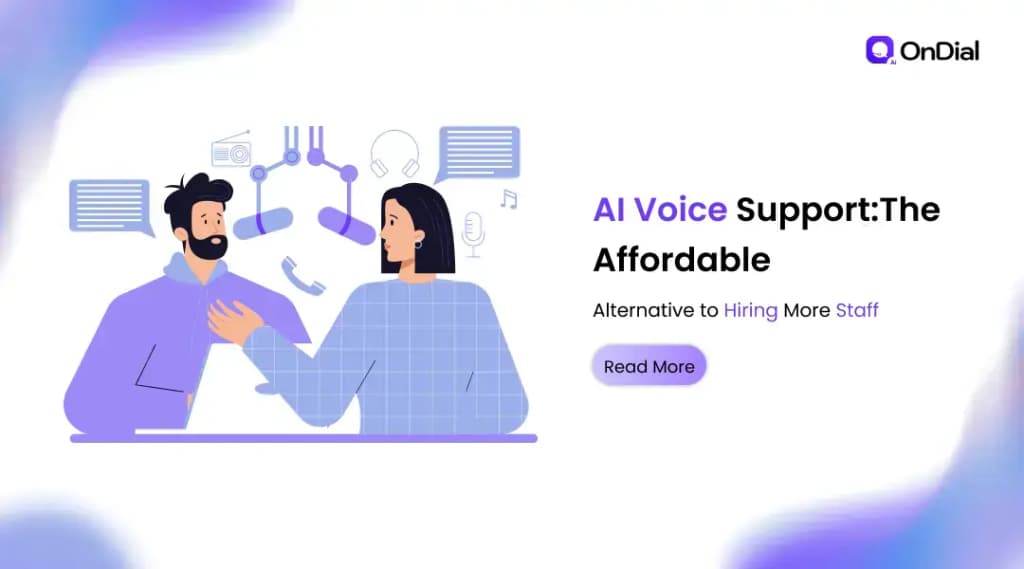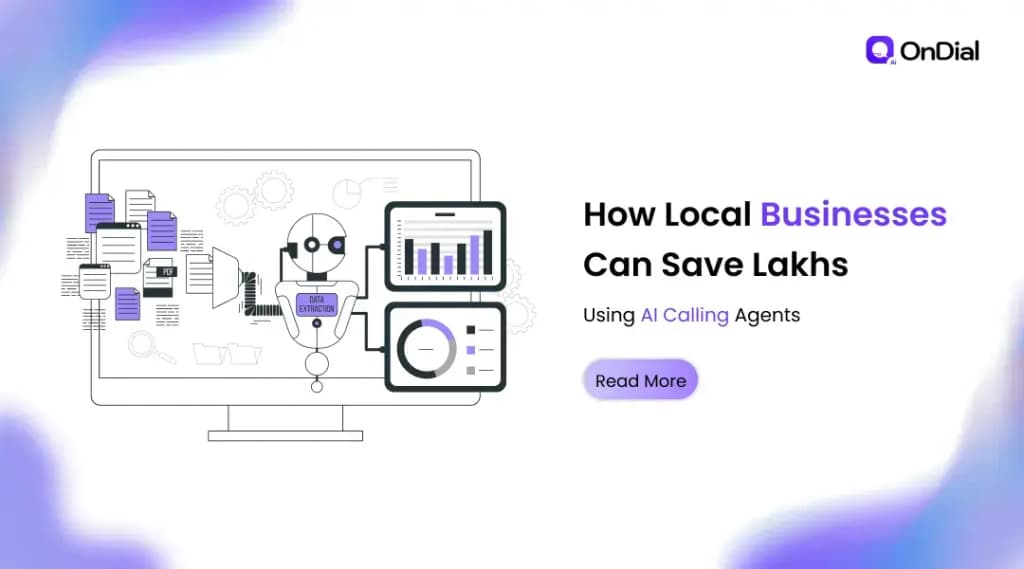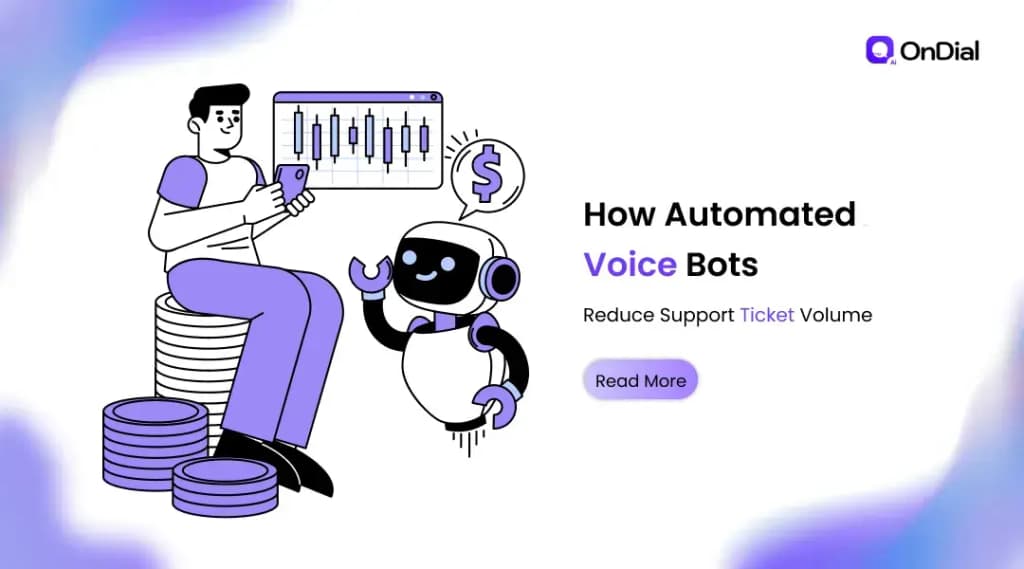I’ve sat in boardrooms where customer complaints were stacked higher than the quarterly sales reports. I’ve seen smart teams burn out under the weight of endless “Where’s my order?” and “Can I reset my password?” calls. And I’ve heard founders whisper the same quiet confession:
“We can’t keep up.”
If that sounds like you, keep reading. Because the truth is, there’s a point where human-only customer support breaks. And that’s exactly when an AI-powered voice assistant stops being a fancy gadget and becomes a lifeline.
What Is an AI-Powered Voice Assistant?
Forget the clunky chatbots of five years ago. An AI-powered voice assistant is a conversational AI trained to handle natural, human-like voice interactions. Unlike static IVR systems (“Press 1 for billing”), these assistants actually understand intent, adapt responses, and resolve problems without looping customers into endless queues.
In short: it’s not a robot voice. It’s a digital employee that works every hour of every day—without a paycheck, sick leave, or coffee breaks.
1. Your Customer Support Is Overwhelmed with Queries
Here’s a blunt truth: if your support team dreads Mondays, you’ve outgrown your system. When tickets pile up, two things happen—response times stretch, and customer patience snaps.
I’ve watched small businesses lose loyal clients because they couldn’t respond within a day. Not because they didn’t care. But because they were drowning.
An AI voice assistant steps in here, taking on repetitive queries instantly. Password resets, shipping updates, appointment reminders—gone from your queue. Your human team? Free to solve the real problems.
2. Customers Expect 24/7 Availability but You Can’t Provide It
Your customers don’t care that your office closes at 6 PM. Their frustration peaks at 11 PM when their payment fails, or on Sunday morning when they need order confirmation.
Unless you’ve got a team willing to work graveyard shifts (and the budget to pay them), you’re leaving customers in the dark.
An AI-powered voice assistant doesn’t clock out. It’s awake when your customers are awake. Which means your business doesn’t lose credibility just because the calendar says “weekend.”
3. High Operational Costs in Customer Service
Let’s talk money. Hiring, training, and retaining human agents is expensive. And turnover in call centers? Brutal.
I remember one IT director telling me he spent more time hiring replacements than training them. That’s not growth—it’s survival.
Voice AI cuts those costs. Not by replacing humans entirely, but by covering the bulk of routine interactions. The result? Smaller teams, less churn, and far better ROI. Think of it as reducing customer calls daily without hiring staff.
4. Struggles in Scaling Customer Support During Peak Hours
Black Friday. Festival season. Flash sales. Or just “everyone decided to call at once.” Peaks crush even the best support teams.
When demand spikes, humans break. Customers hang up. Revenue slips away.
AI voice assistants don’t panic under pressure. They scale instantly, handling hundreds—sometimes thousands—of calls simultaneously. You can’t hire fast enough to match that. But you don’t have to.
5. Need for Personalized & Consistent Customer Experience
This is where skepticism usually kicks in: “AI can’t personalize like humans.”
True. A machine doesn’t care about your day. But here’s the twist—it doesn’t forget either.
An AI-powered voice assistant remembers previous interactions, applies context, and delivers consistent answers every time. No mood swings. No burnout. Just reliable, data-backed personalization at scale.
Key Benefits of Using an AI-Powered Voice Assistant in Business
- Reduced support costs without sacrificing quality.
- 24/7 availability that keeps customers satisfied.
- Scalability on demand, especially during seasonal peaks.
- Consistent brand voice, no matter who calls.
- Better human-agent focus, freeing your team for complex issues.
Industries That Can Benefit the Most
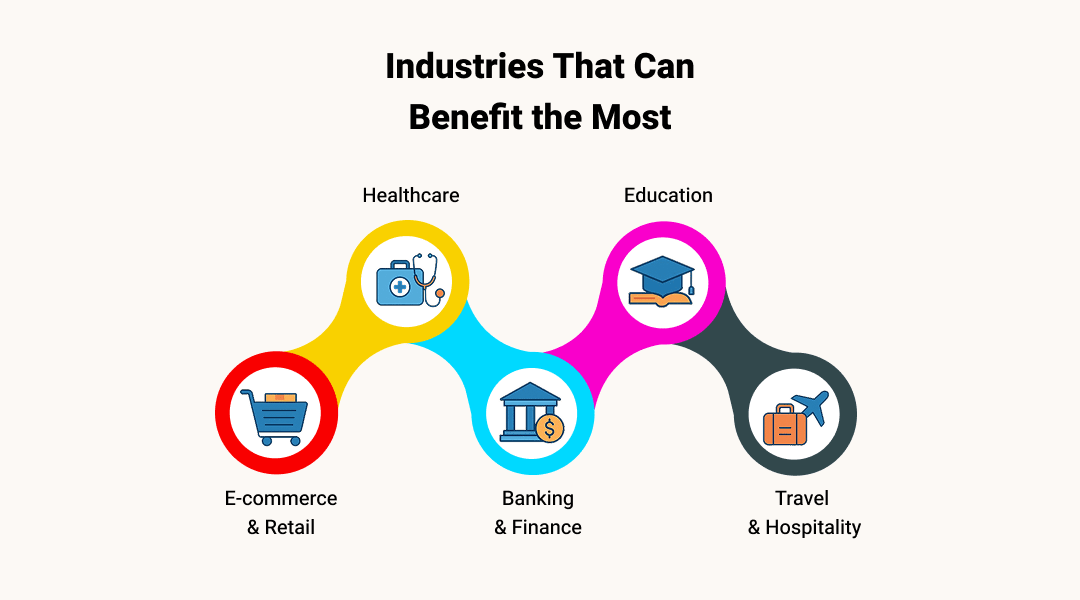
Some businesses feel the pain more than others:
- E-commerce & Retail: Order tracking, returns, payment failures.
- Healthcare: Appointment scheduling, reminders, prescription queries.
- Banking & Finance: Account inquiries, fraud alerts, loan updates.
- Travel & Hospitality: Booking confirmations, cancellations, FAQs.
- Education: Admission queries, exam schedules, student support.
If your business deals with high call volume + repetitive questions, you’re a prime candidate.
How to Choose the Right AI Voice Assistant for Your Business
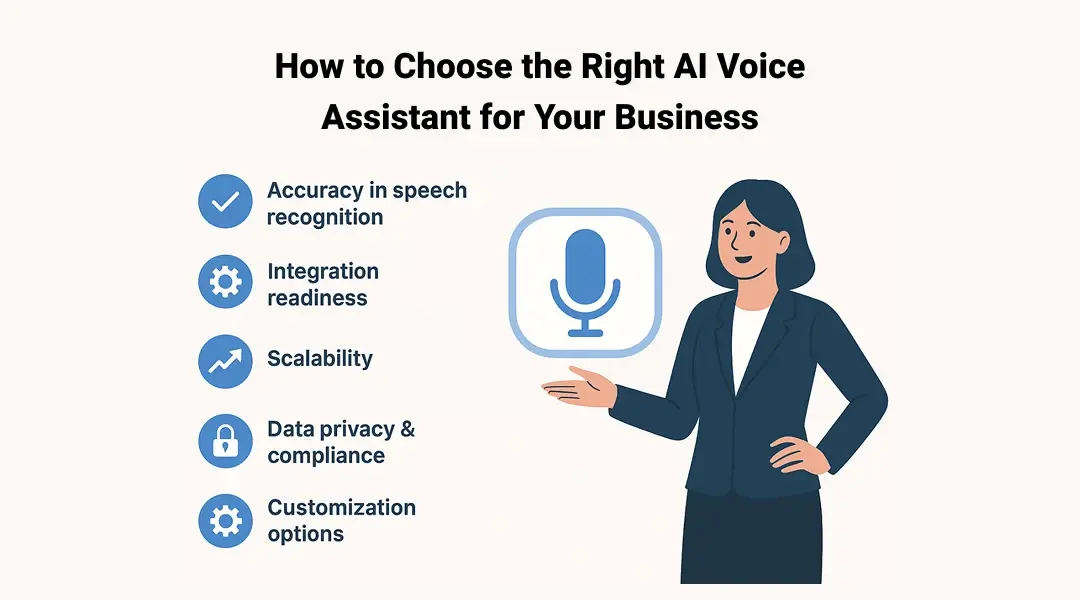
Here’s where the glossy sales pitches mislead you. Not all AI voice assistants are created equal. Some sound robotic. Some fail to integrate with your CRM. Some are just dressed-up chatbots with a microphone.
Here’s my checklist:
- Accuracy in speech recognition (especially local accents).
- Integration readiness with your existing systems.
- Scalability—can it grow with you?
- Data privacy & compliance baked in.
- Customization options for your business context.
(And yes, if you’re in India, companies like OnDial have already solved the local language problem most global players ignore.)
Future of AI Voice Assistants in Business Communication
We’re not heading into a future where machines replace every agent. We’re heading toward hybrid teams—AI handling the bulk, humans handling the nuance.
And that’s a future where businesses finally scale support without breaking their budget—or their people.
Conclusion
If you saw your business in even one of these signs, you’re already late. AI-powered voice assistants aren’t experimental anymore—they’re table stakes for modern customer engagement.
The question isn’t if you’ll adopt one. It’s whether you’ll do it before your competitors set the new standard for service.
